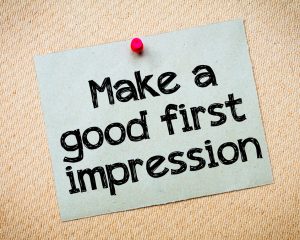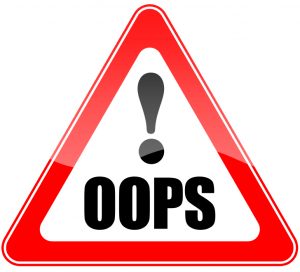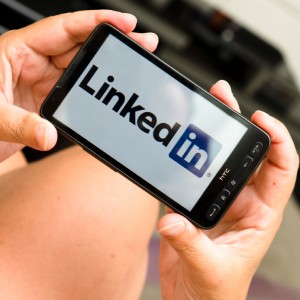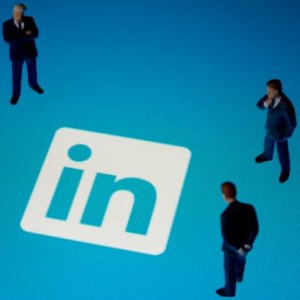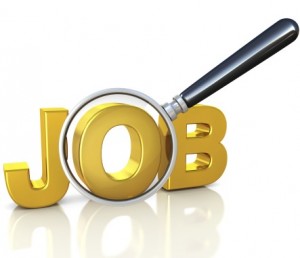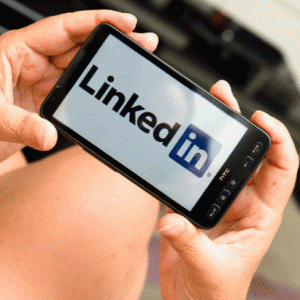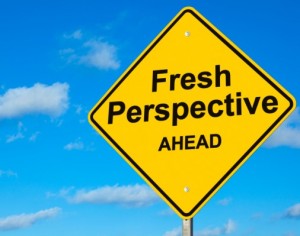Join our online community and be inspired to achieve your goals!
VIEW OUR FACEBOOK PAGETis the season! Holiday job search tips
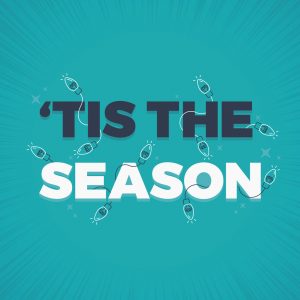
While it may be unlikely you’ll be offered a job between now and the new year, that doesn’t mean you should cease all activity. On the contrary, using this time could pay huge dividends down the track. Here’s our top five things you can do now to help your job search in the new year:
- Know what you want: Go through job search sites such as Seek and LinkedIn and search for specific titles, companies, industries and keywords. Play around with combinations and open your search out to other geographical locations or industries to expand results. While the market may be quiet and you might not find exactly what you’re looking for, there’s a strong chance that some positions will be a close match to what you’re after. Read the job ads closely and get a feel for what’s required. Doing this allows you to decide what’s important to include (and just as importantly exclude) from your application – as well as determining if you have any major gaps in your capabilities.
- Get organised: Today’s job market is not only competitive, it’s complicated. There are many avenues to tap into – including advertised and unadvertised job markets. Getting organised will help you to more efficiently find and apply for all the positions you may be suitable for. Set up automated job searches, identify relevant recruiters, update your application materials, polish your interview skills, use LinkedIn, check your social media settings, and think about who you could be networking with. Read our previous article Winning Job Search Strategies for detailed tips on developing a structured job search strategy.
- Update your materials: This includes your LinkedIn profile, Resume and Cover Letter. Many recruiters use LinkedIn to find suitable candidates, so it’s important to optimise your profile with keywords, so you can be found. Include comprehensive and up-to-date content, a current and professional photo, and try to complete every section. Make sure to leverage the summary section – use it to introduce yourself, provide an overview of your key skills, experience and strengths – a picture of who you are and the value you could bring to an organisation. Your Resume should also be updated and we recommend writing a customised cover letter for every job you apply for – addressing as many ‘job requirements’ as you can. Use the holidays to prepare sample letters and/or paragraphs that can easily be modified to suit specific roles as you apply. While you will have to tailor them for each position, getting these documents into shape now will make the job much easier when the time comes.
- Prepare for interviews: The biggest mistake you can make when searching for a new job is not preparing for the interview. Ways you can do this in the holidays include brainstorming the types of questions you might get asked and coming up with some examples that demonstrate your success. Think about examples that demonstrate strengths, weaknesses, accomplishments, and how you’ve handled different work situations. Having a bank of these examples will ensure you feel more confident and prepared during the stressful interview process. Read our previous article here that talks about using the STAR approach to help you formulate them for an interview.
- Network: Think about who you know that you can connect with now. Let your network know you are seeking new opportunities. While it may not be the best time to reach out to everyone who might be of assistance to you in your job search, that doesn’t mean you can’t get the ball rolling. Do your research, brainstorm and scroll through LinkedIn for potential people to contact, then start drafting emails that can be sent in the new year. Be mindful of people taking time off and coming back to an inbox full of emails which may get overlooked – think about your timing before sending. Remember all the different ways to connect with your network and use them – phone calls, emails, Facebook, LinkedIn, face-to-face and online networking groups.
Today’s job market is competitive and complex so being organised and prepared will help ensure your success! With so many avenues to pursue, using the quieter holiday period to plan your strategy will ensure you are ready and raring to go in the new year.
Would you would like help developing a winning resume, detailed job search strategy, or professional LinkedIn profile? Perhaps you’d like to work on your interview skills? If so, please see our Resume Writing, Job Search Coaching, and Interview Training services.
